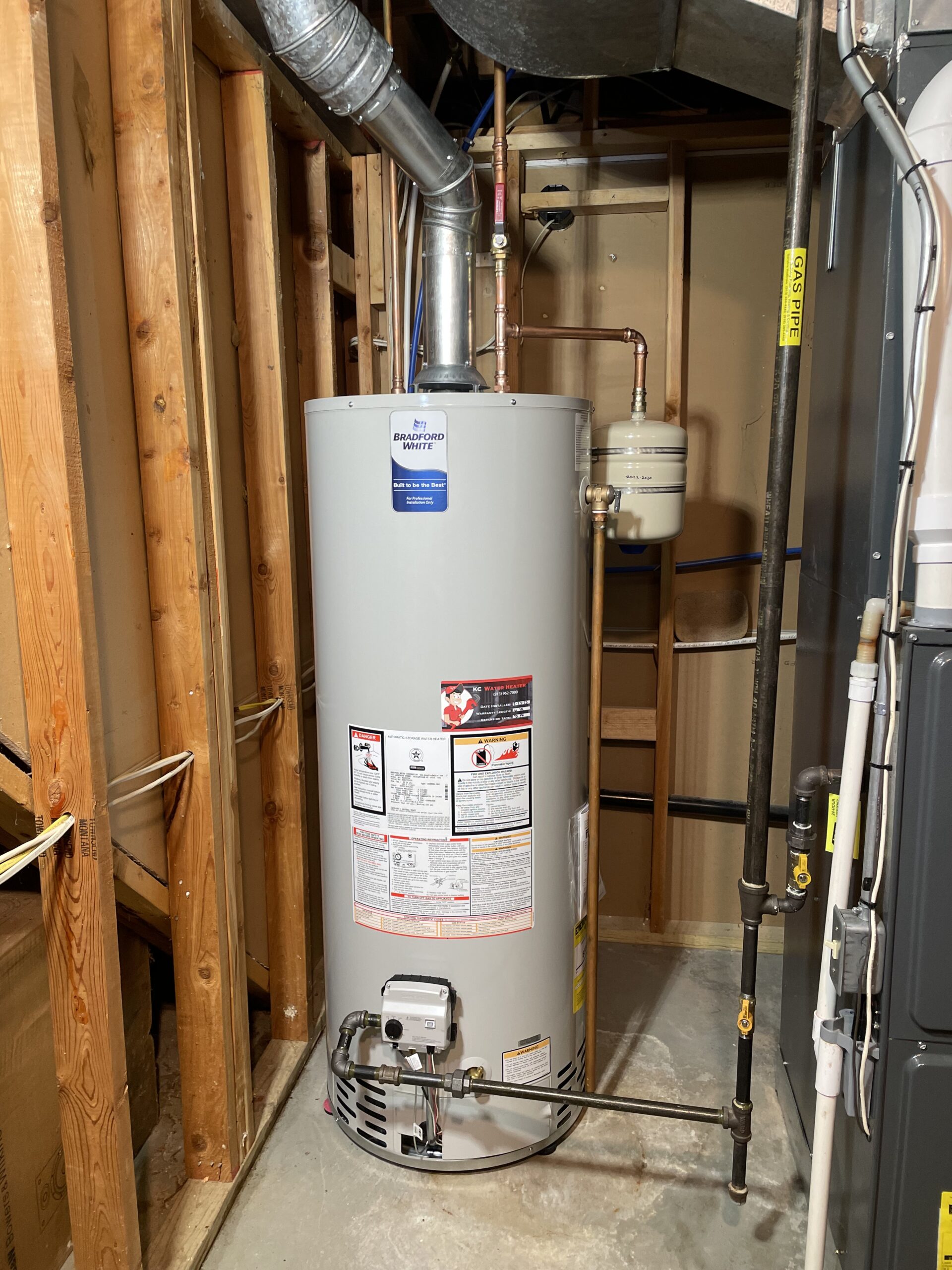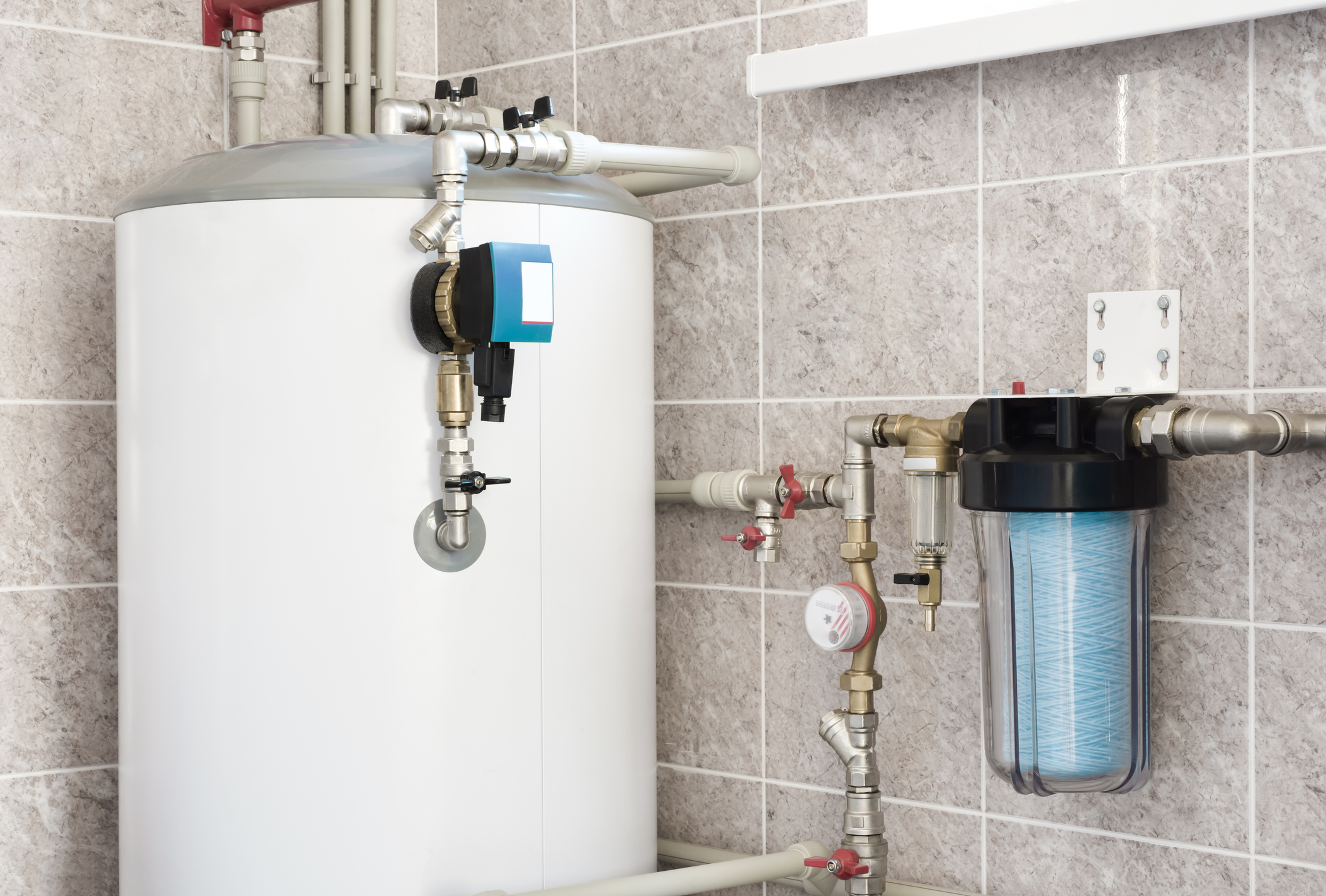Steps to Prolong the Lifespan of Your Home's Hot Water System By MaintenanceSimple Steps to Caring for Your Home's Hot Water System
Steps to Prolong the Lifespan of Your Home's Hot Water System By MaintenanceSimple Steps to Caring for Your Home's Hot Water System
Blog Article
Just how do you feel on the subject of Tips For Maintaining Your Hot Water Heater?

Warm water is vital for everyday convenience, whether it's for a refreshing shower or cleaning recipes. To ensure your warm water system runs effectively and lasts longer, routine upkeep is key. This write-up offers functional pointers and insights on just how to preserve your home's warm water system to prevent interruptions and pricey repair work.
Intro
Maintaining your home's warm water system might seem overwhelming, however with a couple of simple actions, you can guarantee it operates efficiently for several years to come. This overview covers everything from comprehending your hot water system to do it yourself maintenance ideas and recognizing when to call in expert aid.
Significance of Keeping Your Hot Water System
Routine upkeep not only prolongs the life-span of your warm water system yet also guarantees it runs successfully. Overlooking upkeep can bring about decreased effectiveness, higher power costs, and even premature failing of the system.
Indicators Your Hot Water System Requirements Maintenance
Understanding when your hot water system needs interest can stop significant concerns. Keep an eye out for signs such as inconsistent water temperature level, weird noises from the heating unit, or corroded water.
Recognizing Your Hot Water System
Before diving into upkeep tasks, it's valuable to comprehend the standard elements of your hot water system. Commonly, this includes the water heater itself, pipes, anode poles, and temperature level controls.
Regular Monthly Upkeep Tasks
Normal monthly checks can aid catch minor issues before they escalate.
Purging the Water Heater
Flushing your water heater eliminates debris accumulation, enhancing performance and lengthening its life.
Monitoring and Changing Anode Rods
Anode poles protect against deterioration inside the storage tank. Examining and replacing them when worn out is essential.
Examining and Changing Temperature Settings
Adjusting the temperature settings ensures optimal performance and safety.
DIY Tips for Maintenance
You can execute numerous maintenance jobs on your own to maintain your warm water system in top condition.
Checking for Leaks
Routinely evaluate pipelines and links for leakages, as these can cause water damage and higher bills.
Testing Pressure Relief Valves
Examining the stress safety valve ensures it functions correctly and stops extreme pressure buildup.
Shielding Pipelines
Protecting hot water pipes lowers warmth loss and can conserve energy.
When to Call an Expert
While DIY maintenance is advantageous, some issues call for expert knowledge.
Complex Concerns Calling For Professional Aid
Instances include significant leakages, electrical issues, or if your water heater is continually underperforming.
Regular Expert Maintenance Conveniences
Expert maintenance can include detailed evaluations, tune-ups, and ensuring conformity with safety criteria.
Final thought
Normal maintenance of your home's warm water system is important for effectiveness, longevity, and price savings. By adhering to these suggestions and knowing when to look for professional aid, you can guarantee a reliable supply of warm water without unexpected interruptions.
How to Maintain an Instant Hot Water Heater
Before tinkering with your hot water heater, make sure that it’s not powered on. You also have to turn off the main circuit breaker and shut off the main gas line to prevent accidents. Also turn off the water valves connected to your unit to prevent water from flowing into and out of the appliance. 2. When you’re done, you have to detach the purge valves’ caps. These look like the letter “T” and are situated on either side of the water valves. Doing so will release any pressure that has accumulated inside the valves while at the same time avoid hot water from shooting out and burning your skin. 3. When the purge valves’ caps are removed, you have to connect your hosing lines to the valves. Your unit should have come with three hoses but if it didn’t, you can purchase these things from any hardware or home repair shops. You can also get them from retail stores that sell water heating systems. Read the user’s manual and follow it to complete this task properly. When the hosing lines are connected, open the purge port’s valves. 4. You should never use harsh chemical cleaners or solutions when cleaning your unit. Make use of white vinegar instead. It should be undiluted and you’ll probably use about 2 gallons. 5. Now flush your water heater. This task should probably take about 40 minutes. We can’t give you specific directions for this because the procedure is carried out depending on the type, model and brand of your heater. With that being said, refer to the user’s manual. 6. When you’re done draining the unit, you have to turn off the purge port valves again. Remove the hosing lines that you earlier installed on each of the water valves. Put the valve caps (purge port) back in their respective places and be very careful so as not to damage the rubber discs that are found inside these caps. 7. Now that everything’s back in place, check your user’s manual again to find out how to reactivate your water heating system. 8. Once it is working, turn one of your hot water faucets on just to let air pass through the heater’s water supply pipes. Leave the tap on until water flows smoothly out of it. https://www.orrplumbing.com/blog/2014/september/how-to-maintain-an-instant-hot-water-heater/

As a serious person who reads on How to Maintain a Hot Water Heater in a Few Simple Steps, I thought sharing that editorial was really useful. Are you aware of somebody who is fascinated by the subject? Feel free to promote it. I love your readership.
Visit Our Website Report this page